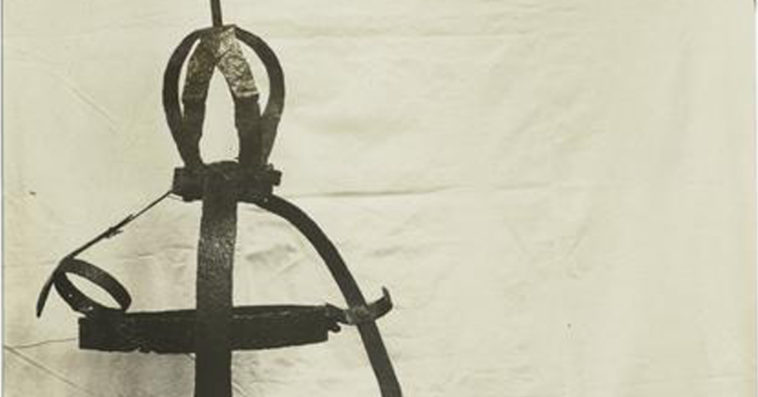For hundreds of years, the story of Marie-Josephte Corriveau has remained a freaky figment of consciousness among the community of Quebec, Canada.
For some, the tale is merely a ghost story– detailing the hanging of a woman accused of murder, whose corpse was later put on display within a cage to serve as a horrific warning.
However, the tale of Carriveau is actually based on real-life historical events. Moreover, the infamous cage in which she was displayed has recently made its way back to Quebec– ultimately shifting the discussion around her legacy from folklore to historical catastrophe.
Marie-Josephte was actually born in 1733 in what was known at the time as New France. By the time of her death, though, the British had come to take over and control the region.
And this move presented a time of turmoil among the population. The British forces were wholly unorganized, and tensions were high as a new government took over. So, people were not happy, and Corriveau ultimately became a symbol of this time of unrest.
At just sixteen years old, she got married to a local farmer. By 1760, though, Corriveau’s husband passed away, and she was left alone to raise three children by herself.
Corriveau did not stay single for long, though, and she soon found Louis Etienne Dodier– another farmer in her parish with whom she got married.
Yet again, though, her marriage was short-lived– because Dodier also mysteriously turned up dead in 1763. And this raised a lot of questions about their marriage and Dodier’s cause of death.
More specifically, Corriveau and her second marriage prompted a lot of gossip to spread throughout the town. Apparently, her father, Joseph, had gotten into numerous public fights with Dodier regarding business and property. This even led Corriveau to petition for divorce after accusing her husband of physically abusing her.

Sign up for Chip Chick’s newsletter and get stories like this delivered to your inbox.


